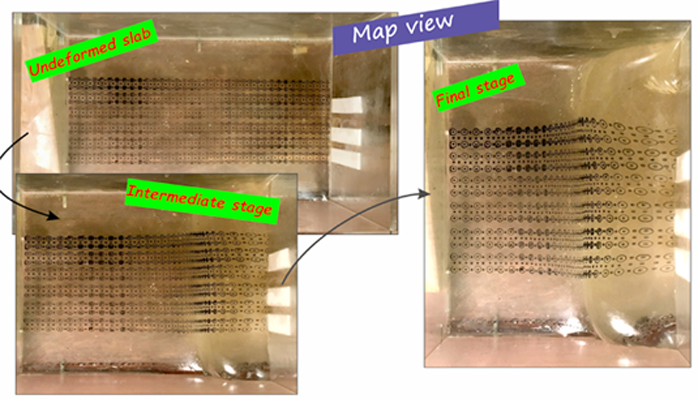Accretionary prisms are wedge-shaped bodies of crustal rocks that are commonly known to have formed by accommodating the component of convergence along subduction margins. These prisms, primarily wedge shaped with lateral variations in topographic height from hinterland to foreland are commonly characterised by a gentle and uniform slope towards the frontal margin (for instance, the Himalayan fold ...[Read More]
When not Digging Through Code, Dig Rocks
Most of us have been directly or indirectly involved in outreach activities, often relying on shiny rocks to capture people’s fascination. This week, Aaron Van Alstine, a member of the Memphis Archaeological and Geological Society, a passionate rockhounder, and moderator of the sub-reddit on radioactive rocks, shares his views on why all earth scientists need a rock collection and how to st ...[Read More]
Modelling the Thermal Evolution of Subduction Zones

Subduction zones are as complex as they are ubiquitous. To understand subduction zone dynamics and processes we first have to understand the thermal structure of subduction zones and how this evolves in time. This week Adam Holt, Assistant Professor in the Department of Marine Geosciences (MGS) at the University of Miami Rosenstiel School of Marine and Atmospheric Science (RSMAS) and Cailey Condit ...[Read More]
Earth Science Outreach in a Virtual World

Outreach is a fundamental part of science, aiming to inspire and attract the next generation of scientists. Amy Edgington from the Department of Earth Sciences at University College London gives us a glimpse behind the curtain of the GeoBus programme, a free mobile outreach programme that brings interactive Earth Science workshops into the classroom. This week, Amy tells us how the GeoBus had to ...[Read More]


